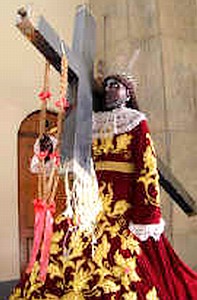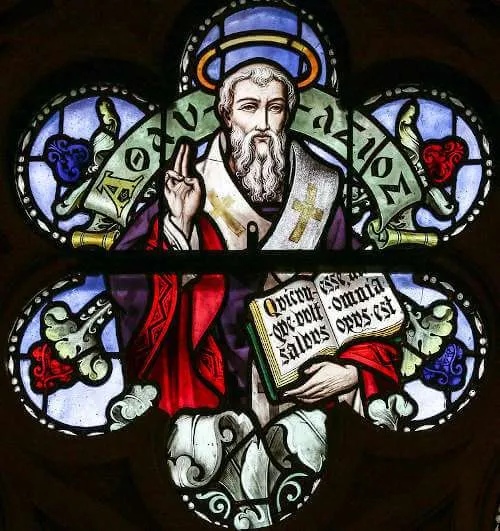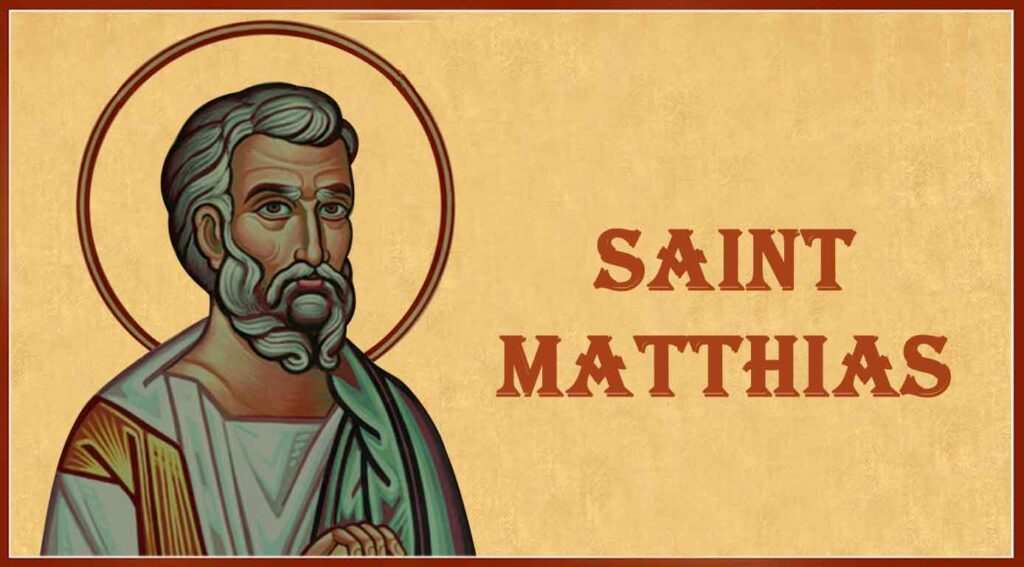1801–1890; Patron Saint of Newman Centers; Canonized by Pope Francis on October 13, 2019
John Henry Newman, born in London, England, was the eldest of three sons and had three sisters. His father was a banker, and his mother’s family were engravers and papermakers. His early education was given by his Anglican mother who was descended from French Calvinist Huguenots. As a child, he became well versed in the Bible, although his religious convictions were not definitive. At the age of seven, he was sent to Great Ealing School, a boarding school considered to be the best private school in England at that time. John was a serious student who loved to read, devouring everything from Arabian tales to philosophical and theological works. He especially loved stories that sparked his imagination.
When John Henry was fifteen, during his final year at Ealing, he went through a profound conversion. Of that conversion, he later wrote, “I fell under the influences of a definite creed, and received into my intellect impressions of dogma, which, through God’s mercy, have never been effaced or obscured” (Apologia #3). His conversion came through reading Evangelical books in which he came to a personal conviction about eternal glory. That year he continued to read and was introduced to Saint Augustine and other Church Fathers, though most of his reading was in Evangelical theology. His reading even led him to conclude that the “Pope was the Antichrist predicted by Daniel, St. Paul, and St. John.” Finally, he sensed that his life mission would require him to remain celibate, perhaps so he could be a missionary or for some other reason.
After his personal conversion, John Henry continued his studies at Trinity College, Oxford. Because he struggled, he graduated without distinctions. Desiring to continue with his intellectual pursuits, he began working as a private tutor and preparing for a fellowship at Oriel College, Oxford, which he received in 1822 at the age of twenty-one. In 1824, he was ordained an Anglican deacon and became a priest in 1825. After his Anglican ordination, he became curate of Saint Clement’s Church, Oxford. As curate, he assisted the parish priest with various pastoral duties, which gave him time to reflect upon his theological concepts within the context of real life with real people. His time as a curate won him much respect, and in 1828, he was appointed Vicar of the University Church of Saint Mary the Virgin, Oxford. He remained in this position until 1843.
In the early 1830s, some leaders within the Church of England were growing increasingly concerned about what appeared to be a laxity of faith among the Anglican community, as well as state interference in the Anglican Church. On July 14, 1833, an Anglican priest named John Keble preached a sermon at the University of Oxford that caught the interest of a number of Anglican leaders, including John Henry Newman. This sermon sparked what became known as the Oxford Movement. Over the next several years, John Henry and others began to write and publish “Tracts for the Times.” These tracts were a series of pamphlets that defended Anglican apostolic succession and argued for a return to the liturgical traditions with a renewed interest in the Church Fathers. Little by little, however, his writings appeared to sound more like Catholic teaching than Anglican. Though this caused controversy, John Henry continued to develop his doctrinal convictions.
It was Newman’s study and articulation of the teachings of the Church Fathers that had the biggest impact upon him. In 1842, he retired from his positions at Oxford and retreated to Littlemore, where he spent the next few years living a quasi-monastic life of prayer, study, and writing. After a thorough study of the Church Fathers and the development of the doctrines he deeply believed in, he was convinced that the Roman Catholic Church was the Church instituted by Christ. Despite the shock and disapproval of those close to him, on October 9, 1845, he was received into the Catholic Church in a small ceremony at Littlemore by Blessed Dominic Barberi. He then traveled to Rome for further studies, was ordained a Catholic priest in 1847, and returned to Birmingham, England, to form the Birmingham Oratory of St. Philip Neri in 1848.
In the years that followed, Father Newman helped found the Catholic University of Ireland and published the Apologia Pro Vita Sua, a theological defense of his personal conversion. He also published several other works, including The Idea of a University, in which he especially articulates the purpose of a university. He argued that a university was not just to teach useful knowledge but to cultivate the mind in its pursuit of knowledge, ultimately arriving at “a great and firm belief in the sovereignty of Truth.” It is for this reason that Catholic chaplaincies at colleges are called Newman Centers.
Before his death, Father Newman received two important honors. In 1877, he was given an honorary fellowship at Trinity College as a way of reconciling him with Oxford and his former colleagues. An even greater honor came in 1879 when Pope Leo XIII made him a cardinal, despite the fact that he was not a bishop.
Saint John Henry Newman could have lived a comfortable life as an Anglican priest and scholar. However, he chose to follow the convictions of faith that God planted in his mind and heart.
As we honor Saint John Henry Newman, ponder his process of personal discovery and conversion. We all need ongoing conversion and transformation. Allow Saint John Henry Newman’s courage to inspire you to always seek out the fullness of the truth and go wherever it leads you.
Source: https://mycatholic.life/saints/saints-of-the-liturgical-year/saint-john-henry-newman/








